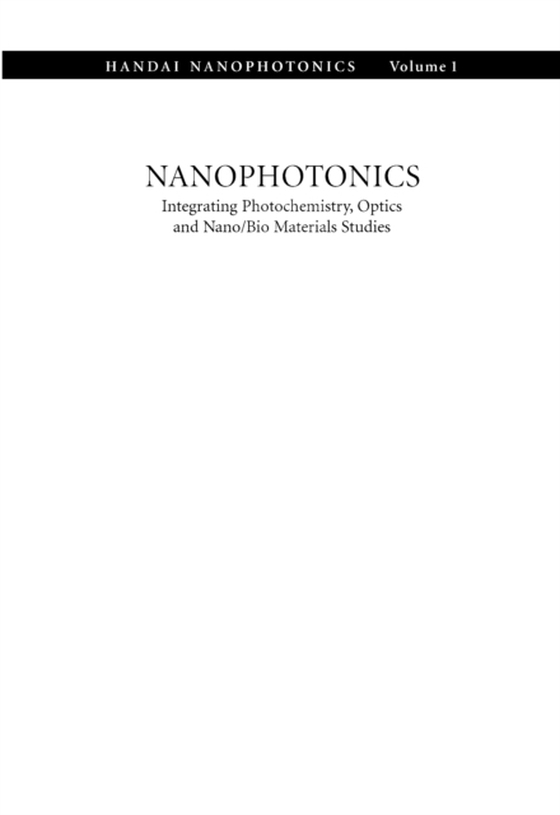
Nanophotonics: Integrating Photochemistry, Optics and Nano/Bio Materials Studies e-bog
2190,77 DKK
(inkl. moms 2738,46 DKK)
Nanophotonics: Integrating Photochemistry, Optics and Nano/Bio Materials Studies.Is an interdisciplinary research text on the application of nanophotonic (physical/chemical) research and effects in devices for applications, bridging a gap between conventional pthotophysics/photochemistry and nanoscience. Nanophotonics is a new wide research field related to photochemistry, photobiology, and ph...
E-bog
2190,77 DKK
Forlag
Elsevier Science
Udgivet
9 oktober 2004
Længde
490 sider
Genrer
Biomedical engineering
Sprog
English
Format
pdf
Beskyttelse
LCP
ISBN
9780080473536
Nanophotonics: Integrating Photochemistry, Optics and Nano/Bio Materials Studies.Is an interdisciplinary research text on the application of nanophotonic (physical/chemical) research and effects in devices for applications, bridging a gap between conventional pthotophysics/photochemistry and nanoscience. Nanophotonics is a new wide research field related to photochemistry, photobiology, and photophysics in nanodimension. Under the keywords of "e;Photo"e; and "e;Nano"e;, advanced scientific topics, such as spectroscopic analysis of from single molecules to nanomaterials, nanofabrication by photons, detection of single bio-molecules, near field optics, and so forth, are described here. The book is written by experts in the field of photochemistry, optics, material science, bioscience, and so on for providing advanced knowledge of nanophotonics. Nanophotonics is a new research field that is not included in any conventional discipline but widely cover evolving and promising research subjects under the keywords of "e;Light"e; and "e;Nanoscale"e;. Topics included in the book are concerned with photodynamics: from single molecules to nanoparticles, spectroscopy and imaging in nanodimensions, nanofabrication, synthesis, analysis and control of nano/bio systems and so on, the book is finalized by topics of toward molecular nanophotonics. This is written primarily for graduate students, researchers, and engineers.
 Dansk
Dansk

